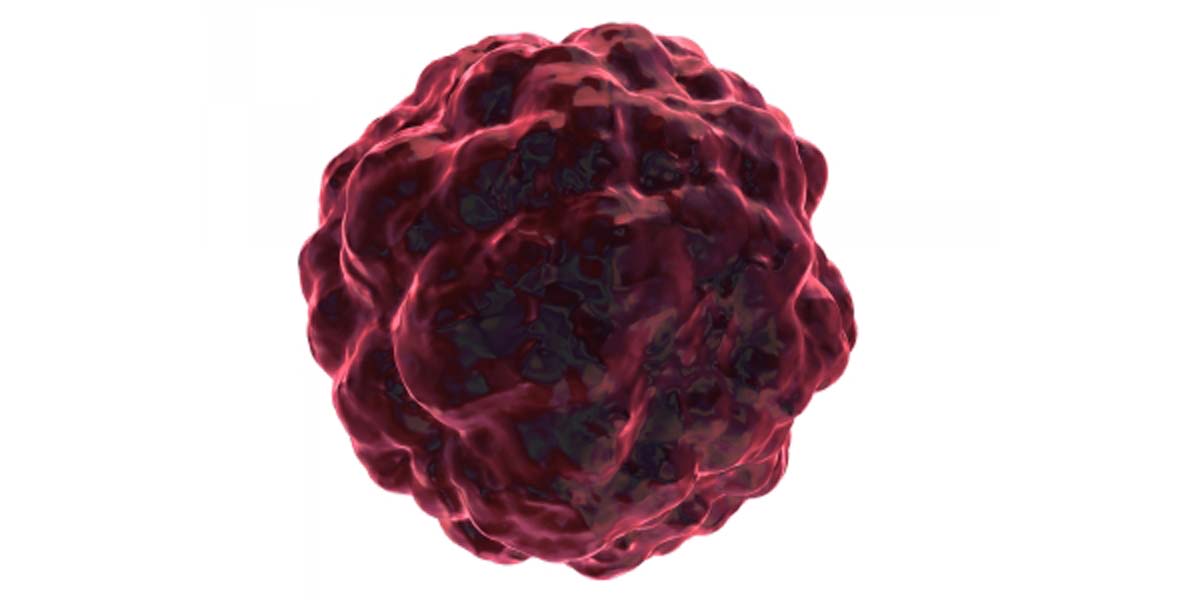Table of Contents
Every woman has subtly different cell biology. Just as we all have subtle differences with which we tell each other apart, such as our fingerprints, or our eye colour etc. So, in order to make sure that all aspects of the critical metastatic ‘cascade’ are examined, Mammaprint looks at 70 crucial genes which could be responsible for helping the cancerous cells to spread.

The largest number of genes come under the category of growth, proliferation and cell death. Seventeen genes of this sort are examined.
After this come genes responsible for growth, for the cell cycle itself and for proliferation, and the test includes many other genes which would indicate that someone might be at risk of further progression, including some which have an unknown function, but which have been highlighted as risk factors in the initial trial. In all it adds up to a complete picture which can divide the tested patients into ‘low risk’ and ‘high risk’.
Who is this test for?
This test is most effective under certain circumstances and can be best conducted on:
- Women of any age
- In the early stages of breast cancer, stage I or stage II
- ER-positive or ER-negative
- Lymph-node negative, and more recently, also lymph-node negative
- Invasive
- Smaller than 5cm
Why Opt for the MammaPrint test?
Breast cancer – cancer of any type – is a very scary thing. There are too many unknowns, and even after a period of successful treatment, there can still be many questions which remain unanswered. Is it really gone? Am I really cured? Will it come back or spread to other organs?
These can be very real conundrums, not only for the patient themselves, but also for doctors and GPs who are prescribing treatment. And in these tough economic times, every penny counts for them. Saving funds on one course of treatment could mean a life-saving therapy for someone else.
A test like this can address many of these concerns.
The original study looked at nearly 500 women of all ages who had already experienced an episode of breast cancer. Of the 427 patients who took part in this original study, 219 were classified as ‘low risk’ and 85 percent of them chose not to have any further chemotherapy. Of these patients, 97 percent remained free from disease at follow-up, five years later.
Whereas, 81 percent of the 208 patients classified as high risk chose to have chemotherapy and 91 percent of these did not have a recurrence of the disease.
These results are quite compelling. A test such as this can save many people from undergoing often painful and debilitating chemotherapy or adjuvant therapy which is not always beneficial for every patient. Which, in the worst case scenario, can be a useless and expensive waste of time.
But as can be clearly seen, whether the results put you into the high risk or low risk categories, it can certainly save your life by helping you and your GP make informed choices and to decide one way or the other.


Your thoughts on this